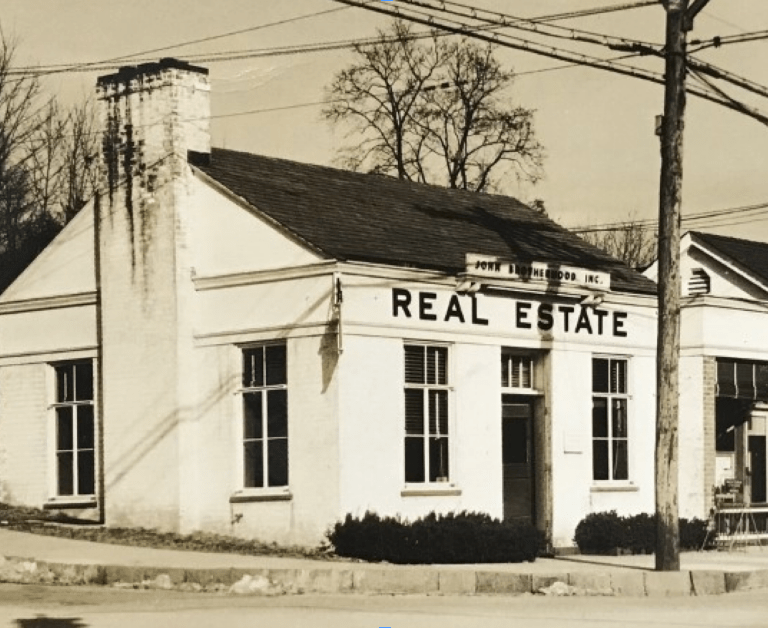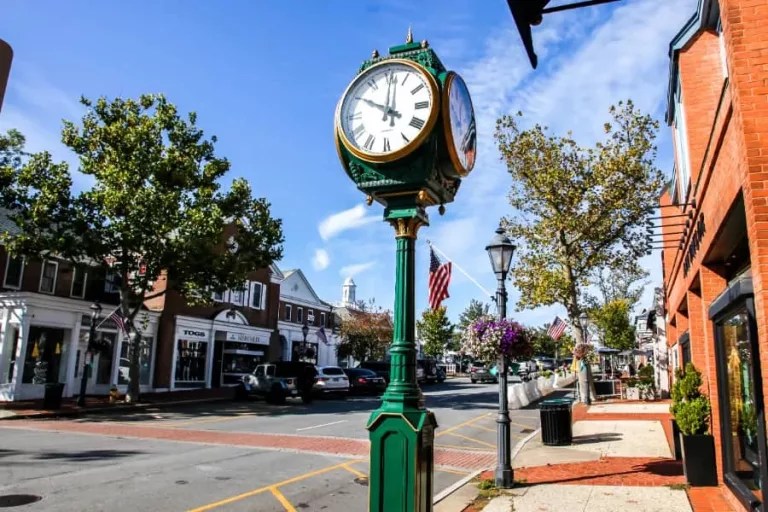
By Beth Barhydt
Chris Schipper, a former executive with corporate giants like Dell Computers, PepsiCo, and Bain & Company with academic roots at Wharton and Georgetown, spoke with me about the 17 acre Bristow Bird Sanctuary and Wildwood Preserve in the heart of New Canaan. Schipper is past Chair of the New Canaan Conservation Commission, former President of the Land Trust Board, leader of “Friends of Bristow,” and a founding board member of to the Waveny Park Conservancy.
The transformation of Bristow is in entering its fourth phase now that the Board of Selectman has unanimously approved the $240,900 needed.
At a recent New Canaan Board of Selectmen meeting, a significant portion of the discussion centered around Bristow. The sanctuary, established in 1924 and experiencing a revival in recent years, was a key focus, with notable inputs from local residents.
Art Berry, a resident for nearly 40 years, provided insights into the sanctuary’s current state. He remarked, “I’m seeing gradually more and more people, and I’m seeing more and more young people,” indicating an increase in visitation and community engagement at the sanctuary.
Chris Hering, another resident, supported this view by sharing his personal observations: “Just yesterday I went for a run in the morning, and I saw everyone from a young child going to school all the way through to an older person walking their dog.” He also mentioned his daughter’s delight in finding goldfish in the sanctuary’s pond.
The financial aspects of the sanctuary’s restoration were detailed. The board discussed the Bristow Centennial Master Plan (seen above), which is in its fourth phase. The current phase of the project required a budget adjustment due to the bid from Peter Lanni, Inc. The original bid was for $253,163.55, which exceeded the available budget. After value engineering some aspects of the project, the revised bid stood at $234,948.55. An additional contingency of $5,951.45 was added, rounding the total to $240,900.
“Bristol Park’s transformation is a journey towards accessibility,” Schipper explains on our call. “The biggest challenge was poor access. You had to come in through the back of Mead Park or walk down Old Stanford Road.” His description of the ongoing restoration underscores a dedication to inclusivity, with an ADA-compliant pathway being a significant element. “The pathway from Mead Park’s parking area will be widened and improved using flexipave, a porous material ideal for such environments,” he elaborates.
This project isn’t just about pathways. It’s a careful consideration of the sanctuary’s avian inhabitants. “We’ve been vigilant in monitoring the bird counts,” Schipper shares. “In the past 18 months, 117 different species have been identified, compared to 95 species back in 1924.” This increase, in Schipper’s view, reflects both advancements in bird identification technology and the sanctuary’s growing importance as a haven for migratory and local birds.
Schipper’s perspective on accessibility resonates with the park’s foundational ethos. “The park was always intended to be a bird sanctuary and a wildwood preserve, serving as an educational resource,” he says. This historical context lends weight to his vision of community conservation, where the lessons learned within these 17 acres extend to the town’s wider expanse.
Ownership of the park has transitioned over the decades, mirroring shifts in community needs and resources. Initially private, the sanctuary found a more sustainable future under municipal stewardship during the 1930s. “The park was deeded to the town with stipulations ensuring its continued use as a sanctuary,” Schipper notes, emphasizing the enduring commitment to conservation.
Today, the park’s management falls under the purview of the Conservation Commission, assisted by groups like The Friends of Bristow Park and the New Canaan Land Trust. This collective effort highlights the community’s investment in the park’s future. Schipper is particularly animated when discussing the centennial celebrations: “We have David Sibley, a leading birder, delivering the keynote address. It’s a momentous occasion, marking a century of conservation.”
Our conversation drifts towards the broader implications of the park’s evolution. “What’s happening here isn’t just about walking paths or bird counts. It’s about a community’s relationship with its natural heritage,” Schipper muses. “We’re following in the footsteps of the park’s founders, ensuring that this sanctuary continues to be a source of education, inspiration, and respite.”
As the call concludes, Schipper’s parting thoughts are an invitation to coexistence: “I urge our townsfolk to embrace the nature around them. Keep your bird feeders stocked, observe the migratory patterns. We’re part of a larger ecosystem, and our actions can foster a harmonious balance with the natural world.”



